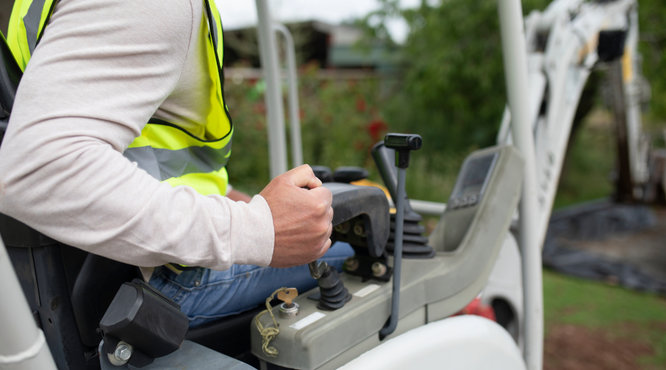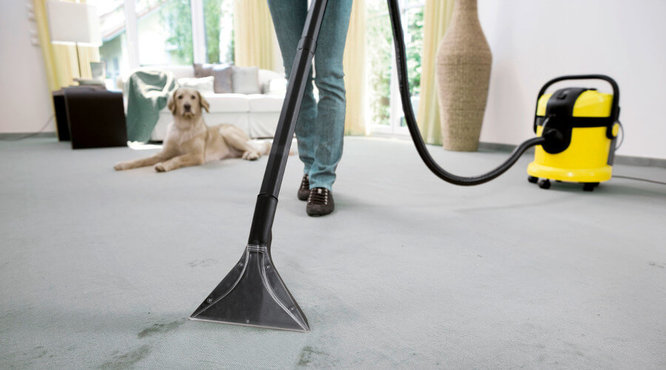What To Do Before, During & After a Flood
How To Prepare For Flooding
In the UK, 2.4 million people live in flood risk areas. 1 in 6 homes is at risk of fluvial and coastal flooding, or flooding caused by severe weather. You can use government resources to check if there is a long term risk of flooding where you live. You can also check if there is a risk of flooding in the next 5 days, or an immediate issue by monitoring current flood warnings, and the river and sea levels.
If you live in a flood risk area, you can sign up for flood warnings for free. You may also need to prepare for all scenarios.
- Check your insurance policy. Check with your insurance provider to ensure that you are covered for flood damage.
- Make an emergency kit. Prepare for the worst and pack food, drinking water, medication, money, torches, a whistle, protective wear (dust mask, safety goggles, etc.), a first aid kit, and anything else you might need, in a robust bag.
- Make a family plan. Devise a plan, including evacuation routes, meeting points, and contact details, to ensure your family are prepared.
- Adapt. You could consider laying floor tiles instead of carpets, moving electrical sockets to a higher point, fitting non-return valves, and enquiring around the neighbourhood to see if there is interest in flood resilience technology for the area.
What To Do During a Flood
If you are aware of a flood risk but have time before it reaches your area:
- Create barriers. Place sandbags around your property to block floodwater.
- Secure hazardous items. Take outdoor furniture and any large, loose items inside. If you can park vehicles in a garage, or move them to a safer location, then do so.
- Secure the building. Switch your electricity off at the mains and move valuables to an upper floor is possible.
If the risk of flooding is immediate:
- Secure the building. Switch your electricity off at the mains if you can.
- Evacuate. Move to higher ground or a safe location with your family and pets.
What To Do After a Flood
- Avoid moving water. Do not out yourself in unnecessary danger.
- Avoid food damaged areas. Stay away from these areas unless your assistance is required. Keep off the roads so that they are clear for emergency services.
- Be aware. Additional flooding or flash floods can occur, and other undetected dangers could be present.
- Returning. Before re-entering your home, you must check with the emergency services that it is safe to do so. Contact your insurance company and follow their advice. They may arrange to send someone out to you to take stock of the damage. Switch off your mains gas and electricity supply. You may need to speak to your power supplier to get this done. Wear appropriate safety equipment, such as boots, gloves, and other clothing. You can wear a face mask and goggles, as cleaning can cause water to splash from scrubbing, hosing, or pressure-washing. You should treat flood water as contaminated water, so you should take appropriate precautions when dealing with anything that has come into contact with the floodwater. Take lots of pictures of your home and property once you return and during the cleaning up and drying out process, as evidence for your insurance company.
- Remove Flood Water From the Building. Use a submersible water pump to remove large amounts of floodwater from your home. You may also need a generator to power the flood pump. Please be aware that the floodwater levels outside your home must be lower than those inside your home before you can use a flood pump. Once the bulk of the floodwater has been removed, you can use a wet-dry vacuum cleaner to clear up any residual water. Use a shovel to remove any sludge and mud that may have entered your home during the flood. Open any doors and windows to allow a flow of air through the home – this will aid the drying process.
- Clean Up Safely. Once the floodwater has been removed from your home, you can begin the cleaning up and drying out processes. Thoroughly clean all surfaces, walls, and floors - especially the underside and inside of cabinets and cupboards. Before using any water from your taps, you should check with your local authority that the water supply is safe to use. Clean and disinfect your taps thoroughly and allow them to run for a while before use. Also clean and disinfect plates, pans, cutlery, chopping boards, etc. before using them again. Throw away any wooden chopping boards and utensils if they have come into contact with floodwater. Wash any soft items like clothing, bedding, and children’s toys, on a 60°C cycle with detergent.
If your drainage system has problems, wash soft items in a laundrette until your wastewater system has been checked. Use a pressure washer to clean the external area around the house, including driveways, walls, and patios. Pressure washers cause a lot of spray and splashback, so wear protective clothing to prevent coming into contact with any flood waste. If you come across any damaged photos or documents during the clean-up process, do not try to dry them straight away. Place the documents in a plastic bag and store them in a fridge/freezer until you can get them to a specialist.
Dispose of used sandbags at your local tip. Most things, like carpet and upholstery can go in the bin, unless they are polluted by contaminated water. You can contact your local council if you need skips or extra rubbish collections. If you need to get rid of items that are polluted by chemicals or sewage, contact the environmental health department at your local council. They will tell you how to dispose of contaminated sandbags and other items as hazardous waste.
- Drying the Building. Establishing a flow of air around your home is important following a flood, to aid the drying out process. As discussed earlier, you should open doors and windows at every available opportunity. Use a dehumidifier to remove the moisture from the air as it flows around the home. Air movement pulls water from damp surfaces such as walls, floors, and dehumidifiers draw the moisture out from the air and deposit it into a water collection tank, or they can pump it away from the area. You can also use heaters and floor and carpet dryers to speed up the drying process. Diesel space heaters, electric fan heaters, and infrared heaters are all suitable, but LPG and gas fuelled heaters produce a lot of water vapour and unwanted humidity. If your central heating has been checked and approved as safe to use by an engineer, you can set a temperature between 20°C to 22°C to aid the drying process.
- Before Reoccupying A Building. Completely drying out a home following a major flood can take a long time. You must not move back into your house until your local authority has deemed it safe to do so, and once the water supply has been inspected and declared safe. Every flood-contaminated room must have been thoroughly cleaned, disinfected and surface-dried. All contaminated dishes and utensils must have been thoroughly washed and disinfected. Adequate toilet facilities must also be available.
Staying Healthy After a Flood
- Do not allow children to play in floodwater areas.
- Do wash hands frequently. Clean your hands after handling anything and before meals. Clean children's hands, particularly after playing outdoors.
- Do seek medical advice. As under normal circumstances, seek guidance if infants are unwell with diarrhoea, fever or abdominal pain. Dial '111' if you have any health concerns that are not urgent.
- Do not eat food that has touched floodwater. Sewage systems can overflow due to floodwater, so it can become contaminated by bacteria and viruses. If the electricity is off, do not eat fresh food from a fridge after 4 hours or from a freezer after 24 hours.
- React. Stop using your tap water if you notice a change in the colour, taste or smell. Contact your water company.
- Seek emotional support. If you are stressed or troubled following a flood, talk to friends and family. If you need to talk to somebody else, contact your doctor, the Red Cross or the Samaritans.
Flood Information
In the last few years, the UK has been ravaged by storms in quick succession. In February 2020, Storm Ciara, Storm Dennis, and Storm Jorge brought weather warnings and widespread issues. High wind, heavy rain, and low temperatures impacted travel, caused power cuts, affected phone coverage, and lead to the damage of buildings, bridges, and roads. In the worst affected areas, flooding from surface water and rivers devastated some communities - damaging homes and businesses. February 2021 brought with it Storm Darcy while Storm Eunice followed a year later, during February 2022. If you are unfortunate enough to experience flooding in your home, be aware that there will be procedures put in place by your local authority, emergency services, Citizens’ Advice Bureau to help you remove floodwater, deal with waste, and provide temporary accommodation.
Knowing what to do after a flood is half of the battle in flood restoration and remediation. How you react can save you time, money, and stress. Following a flood, you can take some basic precautions and actions to get your home on the road to recovery. Most importantly, remember to stay safe and always listen to the advice of the emergency services.
What Are the Effects Of Flooding?
The effects of flooding can be devastating for homes, businesses, and communities. Flooding poses an immediate risk to life, the financial impact, economic loss, emotional strain, and property damage, flooding also results in several other health and safety risks. Electrical damage, electrical hazards, sanitation problems, contamination, damaged drainage and sewage systems, landslides, and the presence of sharp objects like glass and metal should all be considered.
Remember that the most important thing is to stay safe. Take appropriate precautions and follow the advice of the emergency services, your insurance company and local authorities.






